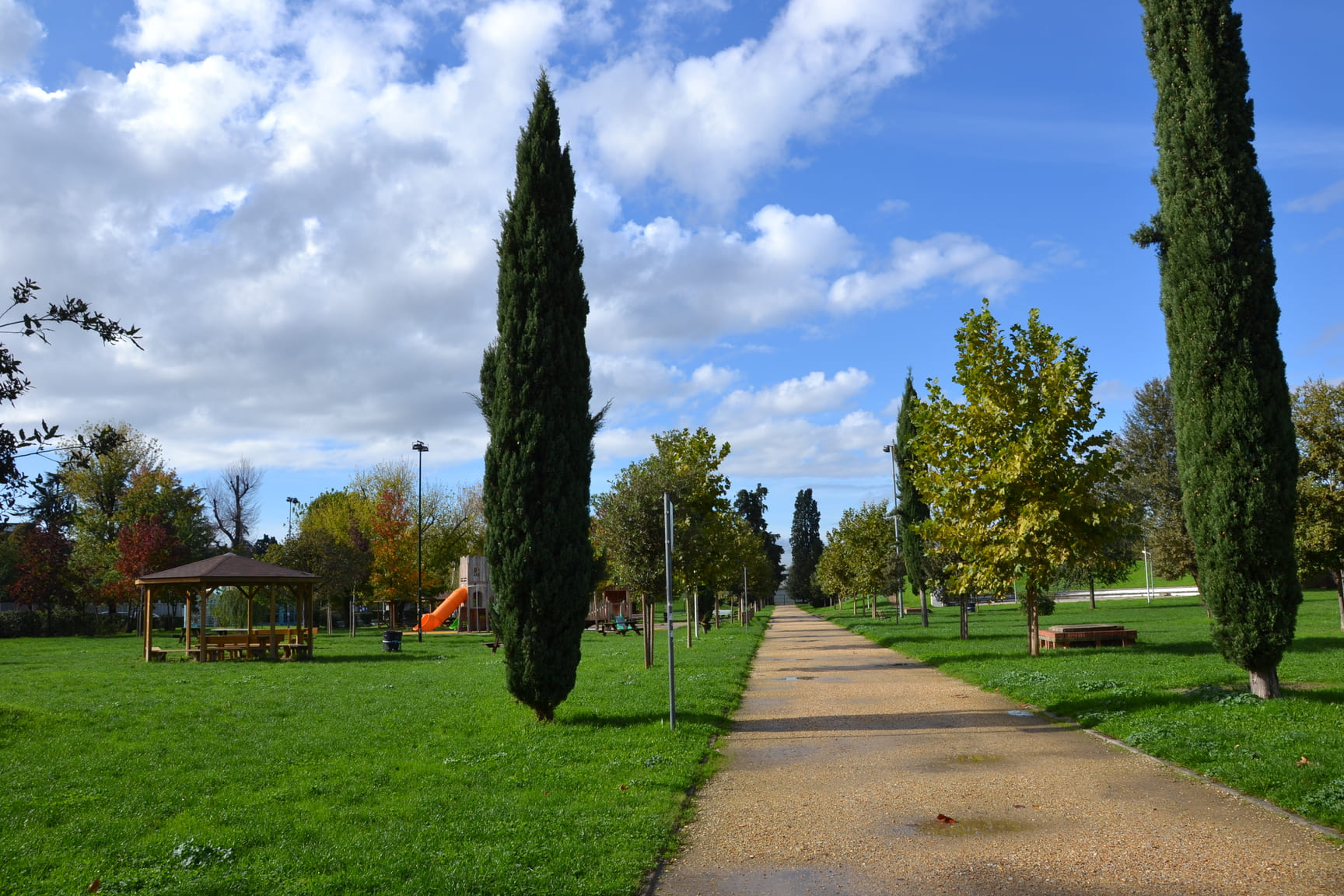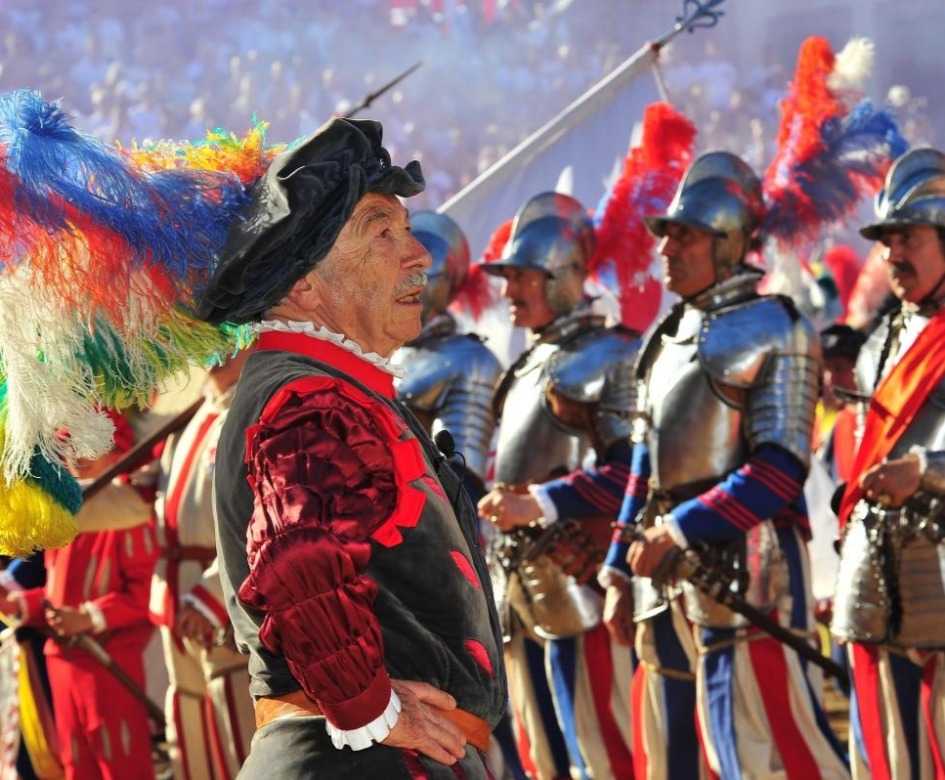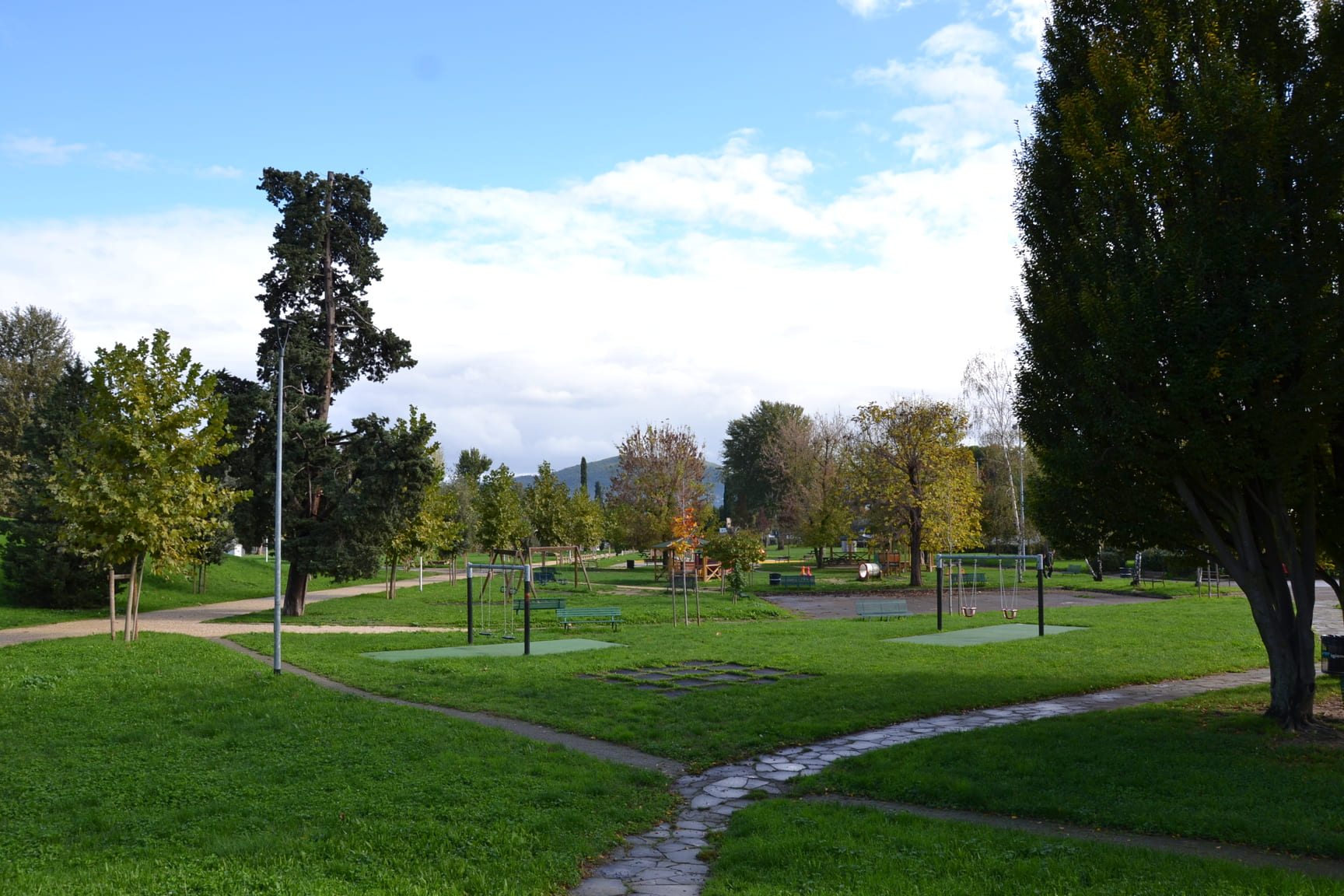
Beyond UNESCO: all the stars above Gavinana
The southern district of Florence is Gavinana, a concentration of history, greenery and stars.
Things to See in Florence, the Historic District of Gavinana
Gavinana, the neighbourhood in the south of Florence, contains in the name an emblematic episode of the history of Florence: the battle of Gavinana. During the siege of Florence by Charles of Habsburg, 1529-1530, in the village of Gavinana, near Pistoia, the Florentines suffered a harsh defeat and lost their brave commander Francesco Ferrucci (from whom the famous Piazza Ferucci takes its name) in battle.
Three Things You Should Know about The Battle of Gavinana:
- In the Palazzo Vecchio Museum, you can see Vasari's painting “Siege of the city of Florence in 1530”, from 1560.
- To be appointed Governor General for the planning of the fortifications was none other than Michelangelo Buonarroti, who took care of the defensive plans using the strategic position of hill of San Miniato al Monte, just above the famous Piazzale Michelangelo.
- On February 17th 1530, while the siege was under way, the most famous match of Calcio Storico Fiorentino was played; the Florentines, although exhausted by the war, organised a large procession and started playing soccer in Piazza Santa Croce to taunt the enemy.

Anconella Park, Bandino Cave, Villa di RuscianoThings to see in Gavinana
Gavinana is a quiet neighbourhood located on the banks of the Arno towards Bagno a Ripoli and Pontassieve, surrounded by the countryside. Time passes slowly, and residential buildings alternate with long expanses of greenery, parks and low houses. Right along the river, we find the large Albereta-Anconella Park, home to the Florentine aqueduct and a paradise for running, relaxation and picnics.
Entering the neighbourhood and its streets full of small local and generational realities, passing the large Pizza Bartali where the Coop is located, you arrive at Villa del Bandino; a villa from 1100, where four hundred years later was born Alessandro Giovanni Bandini, one of the main fighters during the siege on the imperial side; he hosted their commander Filiberto d'Orange right in the villa.
Today, the villa is a municipal public library where many go to find concentration, a few meters from the secret cave of the old Bandino garden, once home to important works such as the sculpture "Alpheus and Arethusa" by Battista di Domenico, today at the Metropolitan Museum of Art in New York: a monumental artificial fountain decorated with sea shells and frescoes, restored in 1998, which is accessed from a driveway, via a gate on Via del Paradiso, adorned with two obelisks, terracotta vases and two lions in stone.

Once out of the secret cave, it will be time to walk along the long Via di Ripoli until you reach the gate to enter the park of the Villa, a beautiful historic villa of the Florentine nobility, which was the seat of the Spanish troops during the siege and a lazaret in occasion of the plague that struck Florence in 1630.

Salita dei Moccoli, the Arcetri Observatory and Pian dei Giullari
Gavinana is also the valley floor of Florence's most beautiful hills, whose stars have inspired the greatest Tuscan astronomers and, therefore, the ideal starting point for beautiful walking routes. Continuing along Via del Paradiso, we find ourselves in front of the very steep Climb of Moccoli; good luck climbing it! Immersed in the greenery and the panoramic views we enter Via Benedetto Fortini from which we can intercept the stupendous Via di Santa Margherita a Montici and visit the namesake church from 1135, thus entering the charming village of Pian dei Giullari, home to the Villa il Gioiello in which Galileo Galilei spent the last part of his life until his death, and of the Arcetri hill, where the Astrophysical Observatory is located and where it is possible to take guided tours and observations of the sky and stars.

Where is the Gavinana neighborhood located
Gavinana is south of Florence and can be reached by bus 31, 32 or 23 leaving from the centre. This neighbourhood opens the doors to the splendid villages along the Arno and Pontassieve.
Parco dell’Albereta-Anconella: https://ambiente.comune.fi.it/pagina/parchi/albereta-anconella






 All the services are provided by local merchants
All the services are provided by local merchants By using this site you support Florence
By using this site you support Florence We offer products with high-quality standards
We offer products with high-quality standards You stay sustainable
You stay sustainable It's a 100% trustworthy website
It's a 100% trustworthy website